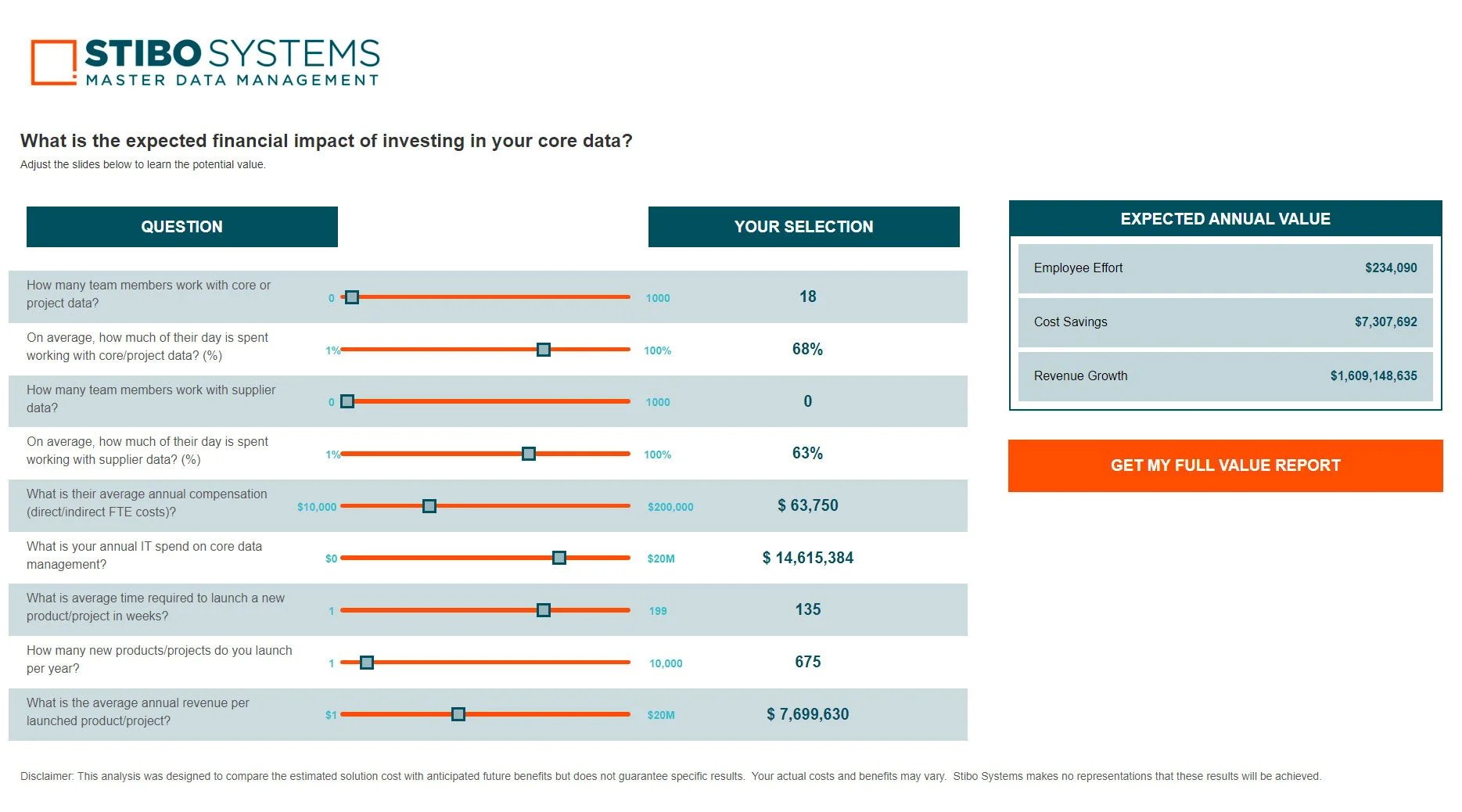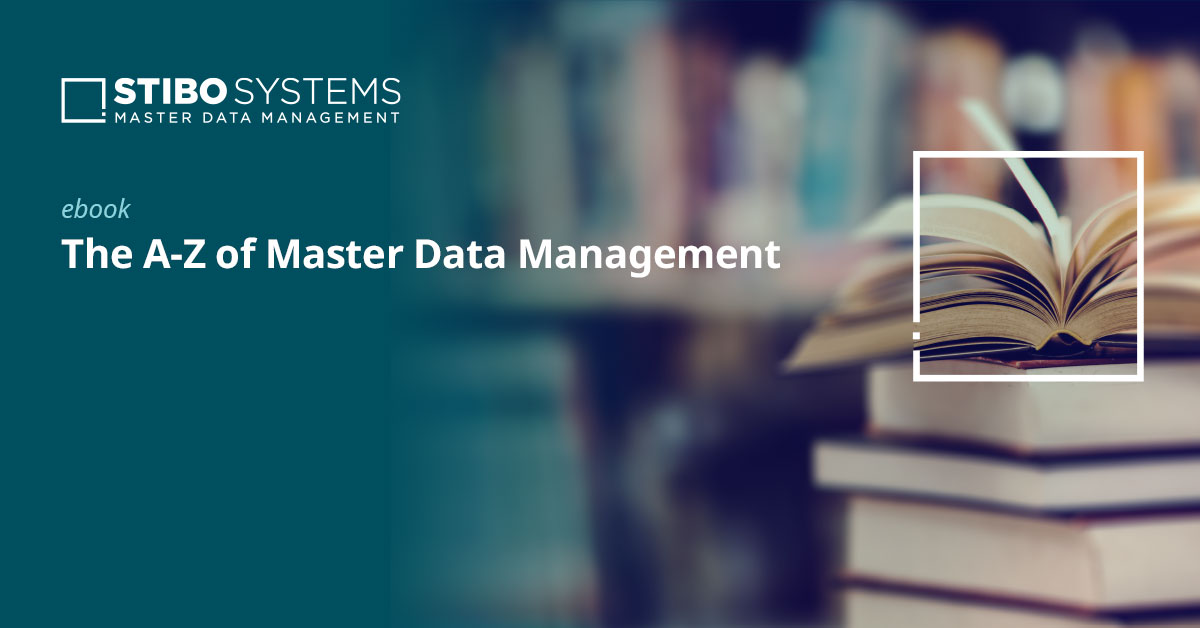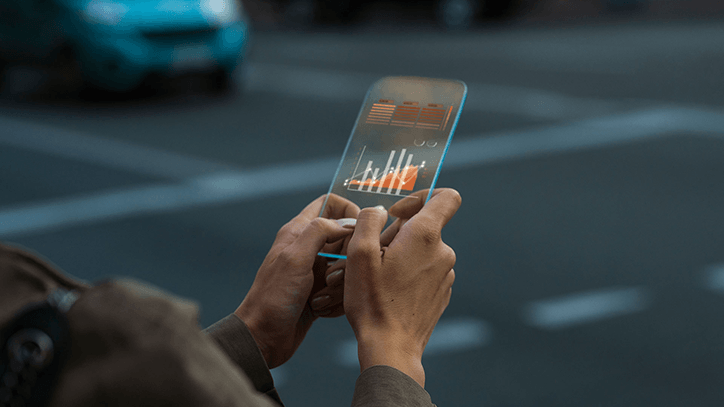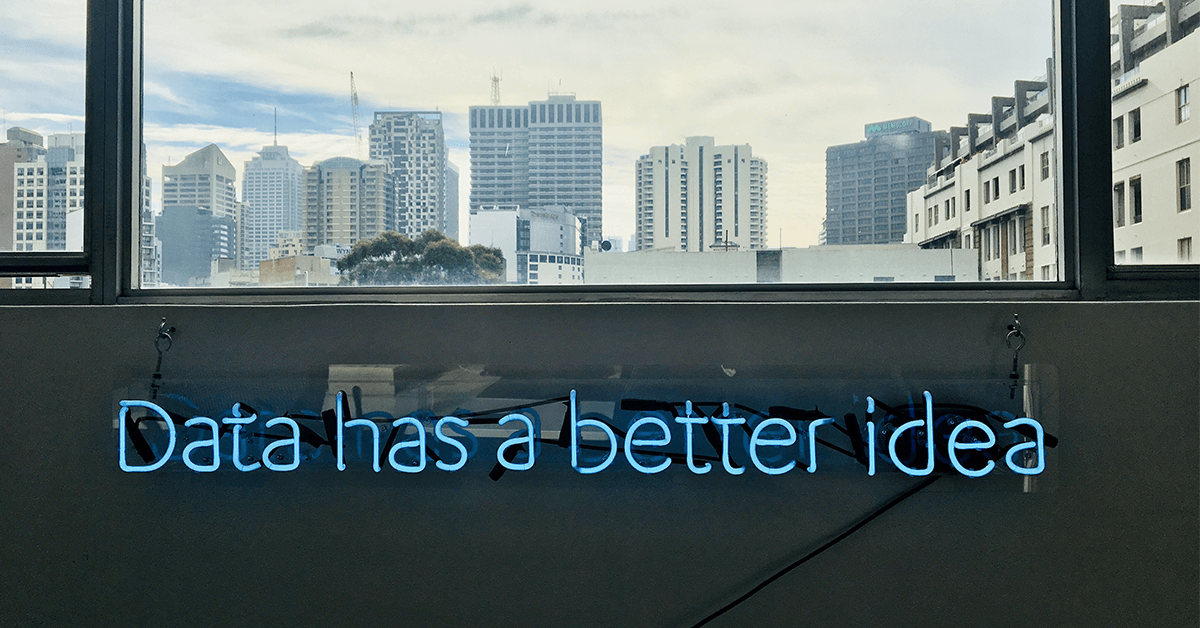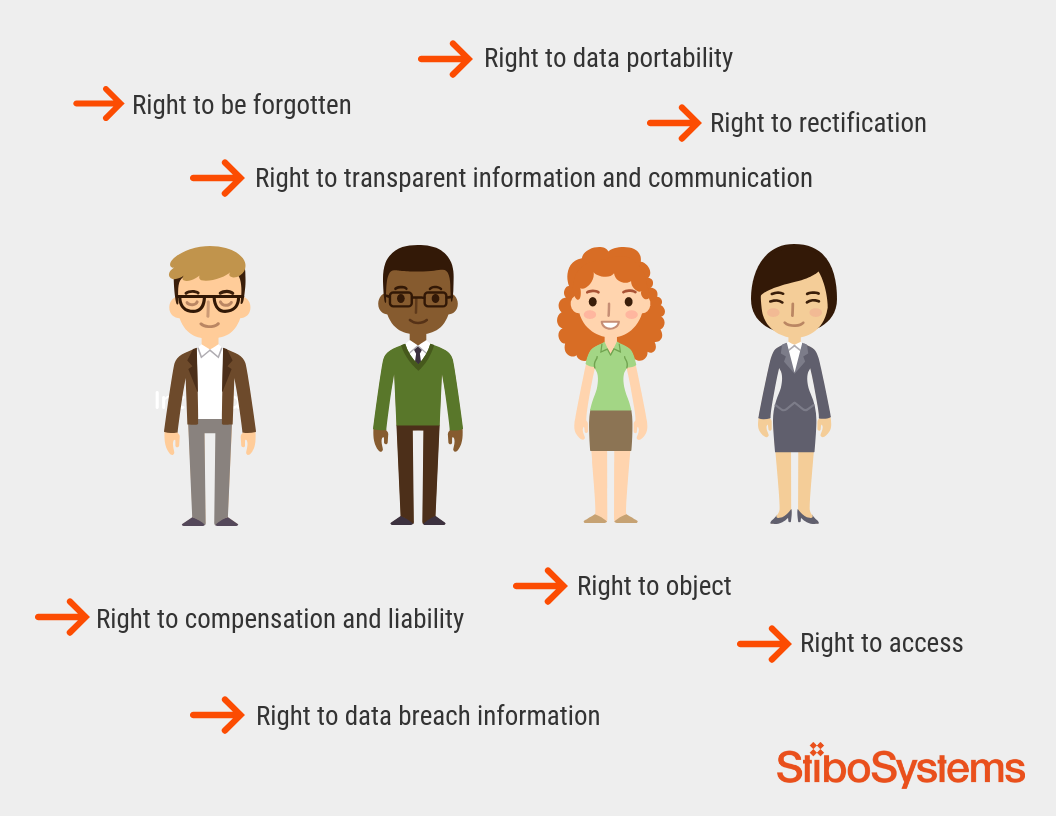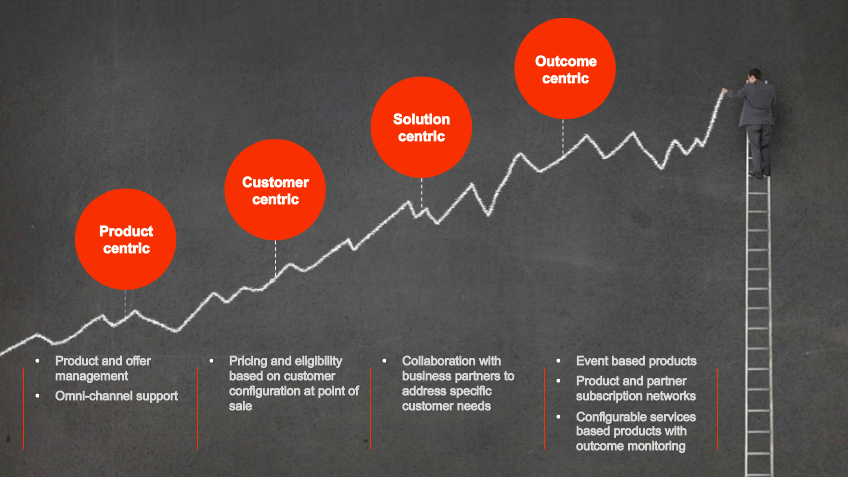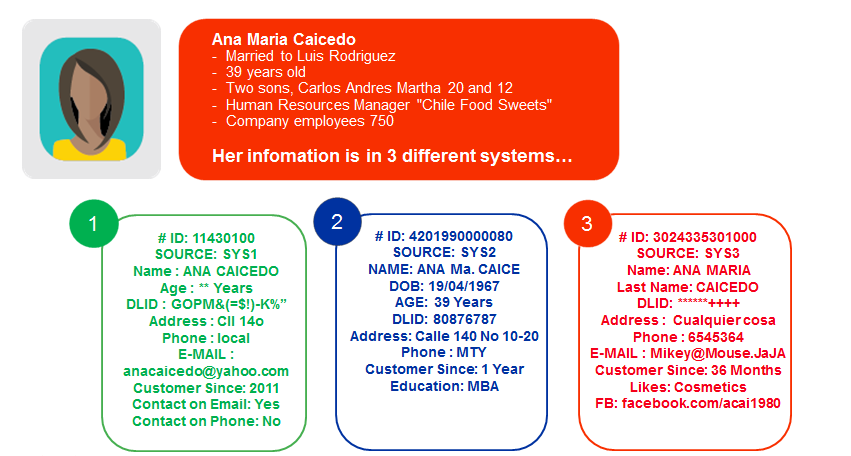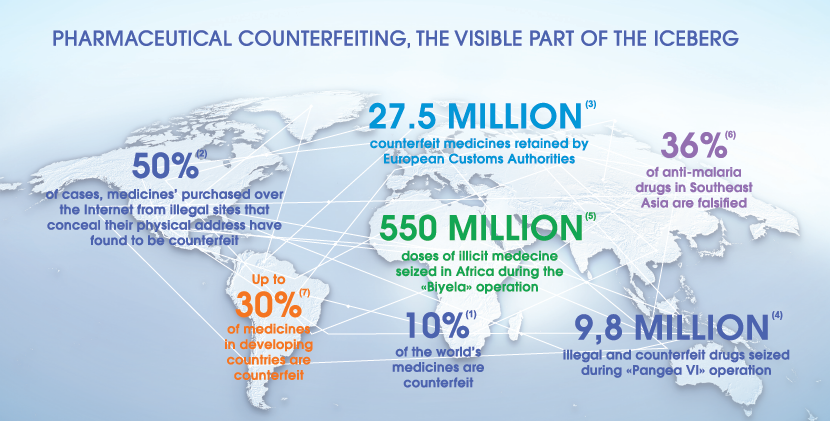3 reasons to digitally transform in CPG: Attuning to consumer demands, reducing complexity, and increasing operational efficiency
Consumer packaged goods (CPG) companies are making a digital transformation. In fact, they must transform as they are met with a number of significant challenges of which the common denominator is data.
As a starting point, your data is your reputation. Your customers, B2B as well as B2C, first consume your data, then your product. These two experiences, the virtual and the physical, must be as close to identical as possible. So, one reason to keep your data clean is to protect your brand. Bad data is a risk.
Furthermore, many CPGs also struggle with complexity and inefficient processes. Reducing complexity and streamlining data processing are key drivers for digital transformation. New data management initiatives must support that effort and solve the data problems that are slowing down digital transformation in CPG
3 reasons to digitally transform in the CPG industry
1. Digital transformation can help CPGs meet new consumer demands
Consumers, and therefore also retailers, are demanding more and more granular information from CPG manufacturers: Is this product sustainably sourced? Is it gluten free? Is the packaging eco-friendly? Can I buy it online and get home delivery? This trend is being exacerbated by direct-to-consumer strategies, in which many CPGs are engaging.
With the ease of delivery services today, more consumers purchase grocery and CPG products online than ever before. According to the Food Marketing Institute, in the US alone 49% of consumers shop primarily online for consumer-packaged goods. This is big news for CPG enterprises, which represent one of the largest industries in North America, valued at approximately $2 trillion annually. While packaged goods have traditionally been sold at brick-and-mortar stores, customer expectations have spurred companies to reach out to consumers across digital channels.
However, consumer demands are not limited to convenience.
Consumers have also become more purposeful in their buying in terms of sustainability, health and political issues. As this trend is becoming mainstream, CPGs need to accelerate their environment, social and corporate governance (ESG) strategies and provide data transparency to their stakeholders.
According to BCG.com (“The Pandemic Is Heightening Environmental Awareness”, 2020), "87% of consumers say that companies should integrate environmental concerns in their products, services, and operations to a greater extent than in the past".
In other words, CPG data is being consumed incessantly. With the digital buying patterns and consumers’ purposeful shopping, your data is always on and always under scrutiny.
Trusted and transparent data is therefore the core of digital transformation in CPG.
To achieve consumer success and the agility to respond to shifting demands, you need data that is governed, rich, accessible from a single source and fit to share with internal systems, external partners and customers.
To create a consistent customer experience, the single data source must be able to feed all customer-facing systems that rely on clean data, e.g., POS systems, consumer apps, regulatory systems, catalogs and other micro-services.
That means the trusted data source must not be yet another data silo but needs to be an open hub or platform that has excellent governance capabilities and provides out-of-the-box connectivity to a variety of systems or even provides Data as a Service (DaaS).
It’s an important aspect that the required data is master data. Master data describes and defines your assets (products, suppliers, customers etc.) and is therefore the foundation of the rich and consistent experience that your customers want. Master data is low-volatility, business-critical information.
2. Digital transformation can reduce complexity in CPG organizations
The second data challenge that requires CPG companies to digitally transform, has to do with the sheer size and complexity of these organizations.
Large CPGs have eco-systems of suppliers, B2B and B2C customers across borders, long value chains, hundreds of locations, thousands of employees and many different brands.
There is data to be managed underneath all that, including contracts, customer contact data, delivery information, product lifecycle information and marketing information.
CPGs embarking on the digital transformation journey often focus on streamlining product information. While this might be a natural starting point, it is noteworthy that product data is just one domain of the entire CPG data landscape.
In particular supplier and customer data are gaining importance as CPGs grow. The ability to build 360° views of your business partners, at both ends of the value chain, can help:
- Facilitate onboarding
- Identify and visualize hierarchies and relationships
- Improve invoicing and logistics
- Ensure transparency of data-intensive supply chains
Moving from product information management to master data management
To address the complexity challenge, it is worthwhile to look beyond product information management (PIM). Managing your supplier data, customer data and location data is just as important to improve internal operations, enhance analytics and provide better customer experiences.
Governing all master data domains on a single platform can give you new insights and business opportunities. Clean and rich product information will make you popular with your customers. But if you combine product data with location and customer data, you can get insight into where your products are sold and how they are used. That would increase accuracy in sales reporting and enable you to understand product preferences and customize offerings for higher success rates.
The data is there, it just needs to be managed right.
What used to be frustrating complexity can be transformed into new actionable insights, including indirect customer understanding, i.e., your customers’ customers, which is very important for CPG brands.
For that reason, your ERP is not sufficient as a single source of truth. Your ERP is incapable of managing multiple data domains, it doesn’t show relations, nor does it provide the needed enrichment capabilities.
In addition to the enhanced insights as a result of having a single version of the truth, organizations experience that they can sunset legacy systems, such as multiple ERPs and data warehouses.
3. Digital transformation can increase operational efficiency of CPG companies
Efficiency can be difficult to quantify. However, much time and many resources are badly used because data management systems are not connected and synchronized.
Considering that one of the main challenges for CPGs is to get the latest product to market quickly, internal collaboration and automated data sharing should be a top priority. Sometimes the impediments are hard to see because they are entrenched in legacy systems and traditional ways of doing things.
Broken down, the lack of efficiency has different root causes that tie into both of the above challenges: shifting consumer demands and data complexity. To name a few:
- The number of applications and touchpoints keep growing and, at the same time, new data keeps coming into the organization: new products, recipe changes, re-packaging of products, regulatory changes, new suppliers, new markets etc.
- Depending on the state of the business, CPGs can have thousands of partners that they work with, all with disconnected information flowing into the organization.
- The digital marketplace has created an environment where CPG brands must leverage large volumes of raw data from mobile, social, web and other sources.
- CPG organizations often manage multiple disconnected systems such as CRM, ERP, warehouse and inventory management, ecommerce, point-of-sale data and supplier management. The result is disconnected data that leads to inaccurate, incomplete and duplicate information.
This disconnected data landscape calls for a digital transformation that specifically addresses data governance, centralization and automation.
Operational efficiency depends on the fact that all operating applications can source managed data from a centralized master data source. Centralization enables collaboration across departments because the accuracy of data is now unquestionable. It also makes data sharing with business partners a much smoother process as you can govern your data to fit the formats of the receiving systems.
A company like Newell Brands that has a diverse product portfolio of more than 100 brands sold in 125 countries and includes many household names, such as Rubbermaid, Crockpot, Dymo and Sharpie, has succeeded in centralizing and enriching its diverse set of product data across the company’s portfolio of brands. This means they have become able to simplify the process of formatting and sharing product data in the proper formats demanded by major retailers such as Target, Walmart and Amazon.
In a nutshell: Digital transformation in the CPG industry
Digital transformation of CPG can take on many forms depending on business goals, but master data governance comes first and last.
By not limiting your data governance to product information management, but keeping a broader view of the business, you will be able to reap more benefits from the digital transformation.

